
We came to the Jaguar Rescue Center after reading rave reviews from TripAdvisor about getting to hold, feed, and play with rescue monkeys when taking a private tour. Truly, this was the impetus for our coming to the Caribbean coast in the first place!
Our guide for our private tour, Aslak, mentioned that with all the animals roaming around, sometimes it feels a little like being in a Disney movie. As if on cue, a squirrel came out from the plants we were standing next to and scrambled up his leg, across his waist, and down the other leg before scampering off. It was a first for him too.
A little background: The Center was started by two ex-zoo-working biologists who fell in love and bought a place in Costa Rica. Locals, after learning their background, would bring injured animals to them to rehabilitate because there was nowhere else for them to go. Thus, the Jaguar Rescue Center was born, named after the first animal that was brought in, the center’s first and only jaguar. The center runs of donations and money from tours—none of the volunteers are paid, and the resident veterinarian gets paid less than if he set up shop as a vet for local house pets.
Most of the volunteers were like Aslak—young, surviving off of savings, and living “the dream” of traveling the world. They just ended up staying because of the animals. Aslak, who has been there just over a year said he’s one of the volunteers who has been there the longest.
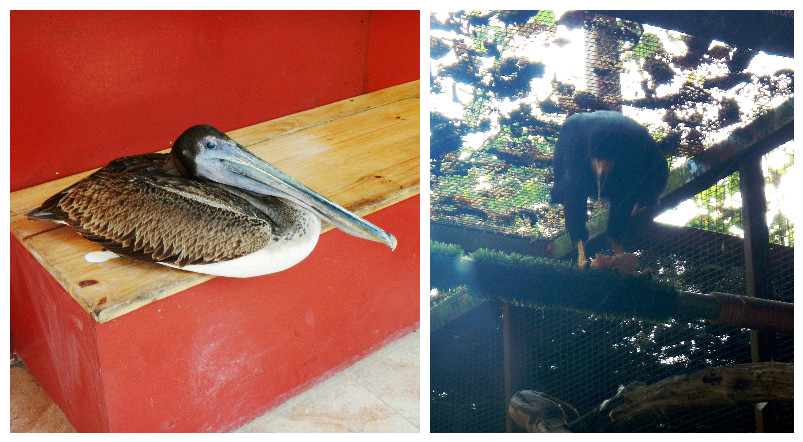
The Center doesn’t turn animals away, with some so critically injured or aged, that they’ll spend the rest of their lives here. The Center recently purchased a pretty sizable piece of land, with untouched jungle, that borders many national parks in part for land preservation, as well as a place to release recovered animals.
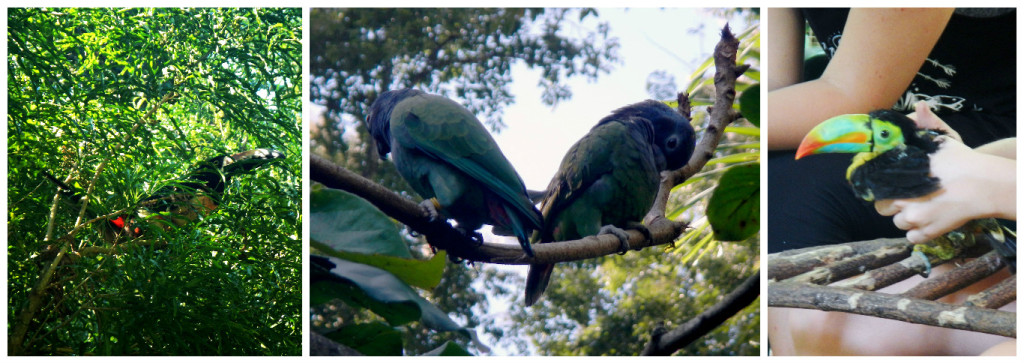
Part of the Center’s philosophy is to let the animals behave however they want to. They have lots of open air areas where animals that are able to, can wander freely.

Monkeys are highly social, so the Jaguar Rescue Center makes sure they don’t feel lonely by placing them with other monkeys, and having a human keep them company for much of the day. They have 3 types of monkeys here: howler, capuchin, and spider monkeys.
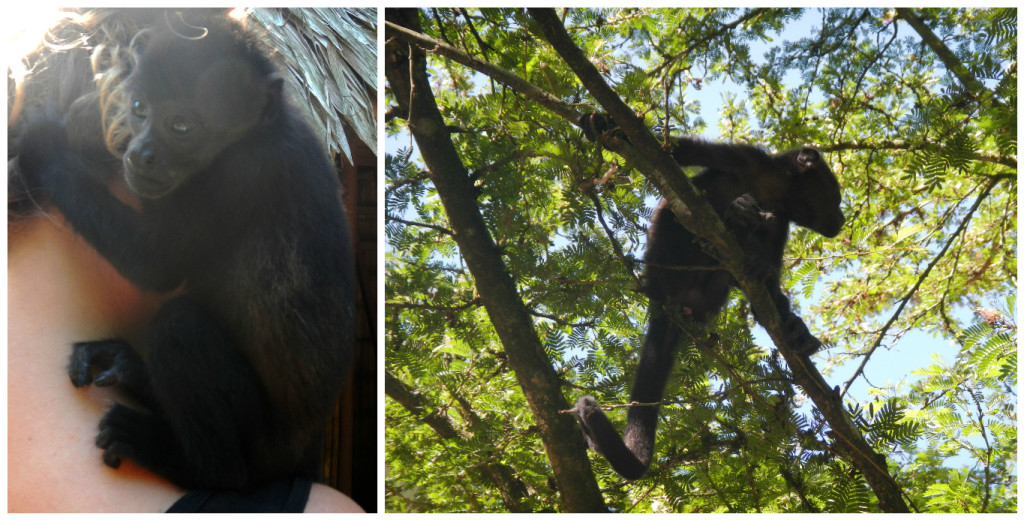
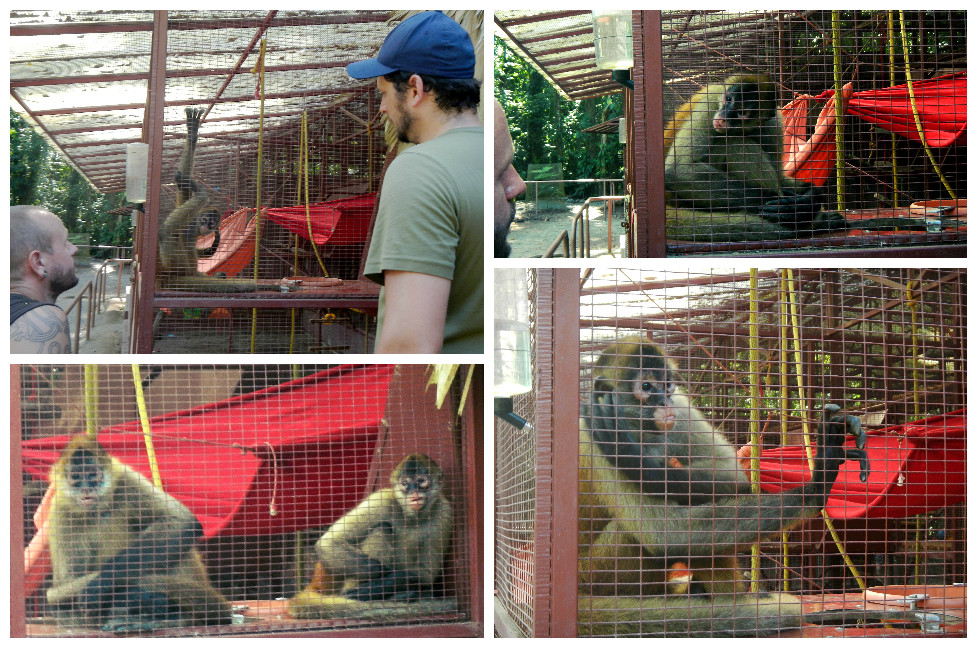
The spider monkeys are the largest, fastest, and most mischievous monkeys. They are so mischievous, they will play tricks on the other monkeys just to annoy them. There are a few subspecies with thumb remnants, but most most spider monkeys evolved to have 4 fingers only to make swinging from branch to branch easier—a thumb would just get in the way of speedy swinging.
The prehensile tails of all the monkeys also have a bare patch to help them grip. Aslak told us that if we ever came across the need to pick up a monkey, to grab it by its tail since they’re so used to using it to support their bodyweight (and then some).
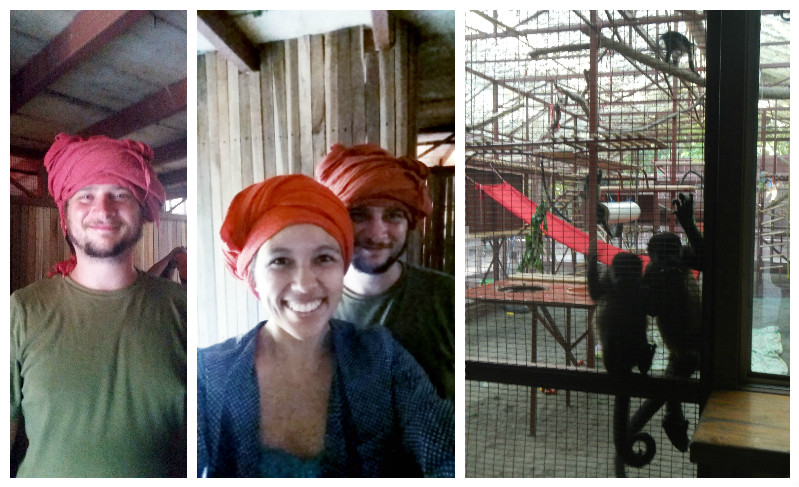

We got to join the howlers and capuchins in their enclosure. Jon and I each got a bottle of milk and as soon as we entered, the monkeys were excited to see us! By “us,” I obviously mean our bottles of milk.
We had a glorious 30 minutes in there with them. They fought over bottles, climbed on our chests, shoulders, and heads, and used us as ladders to reach toys and/or other monkeys! Flyer liked being held and there was a particular capuchin that Aslak said was “a guy’s guy”—he preferred to hang onto and with men. Jon got lots of lovin’ from him as this monkey hugged his chest for quite a while 😀
First we got to see wild capuchins up close in Manuel Antonio. Now we got to see more species, AND feed and play with them!
The rest of the tour was icing on our cake. More exotic animals, both rescues and visitors to the center, along with various native tropical plants. Pura Vida 🙂
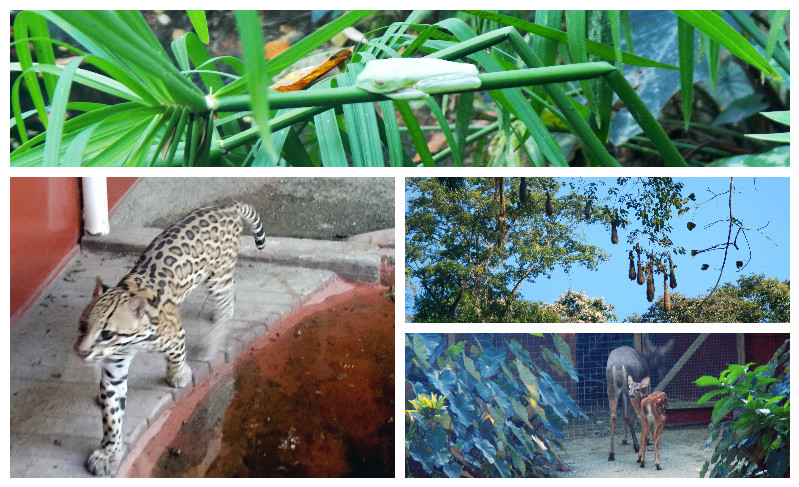
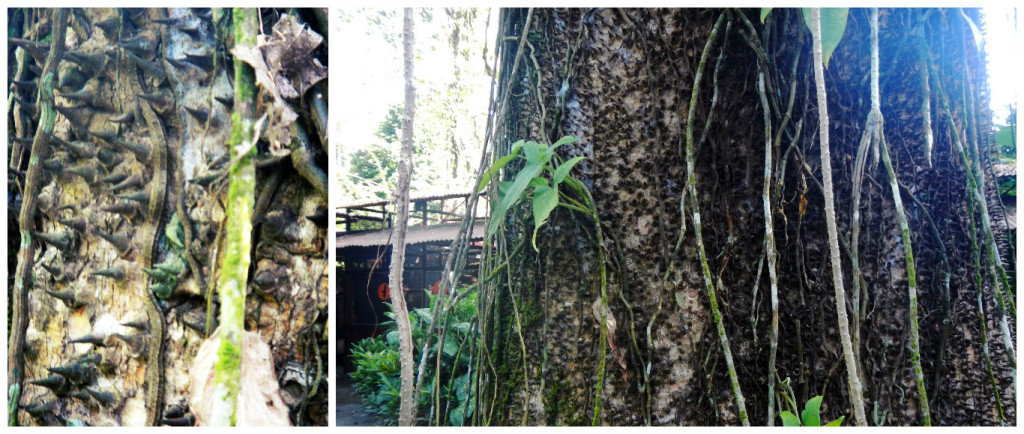
P.S. This is where we saw the two-toed sloths (you can read all about them)!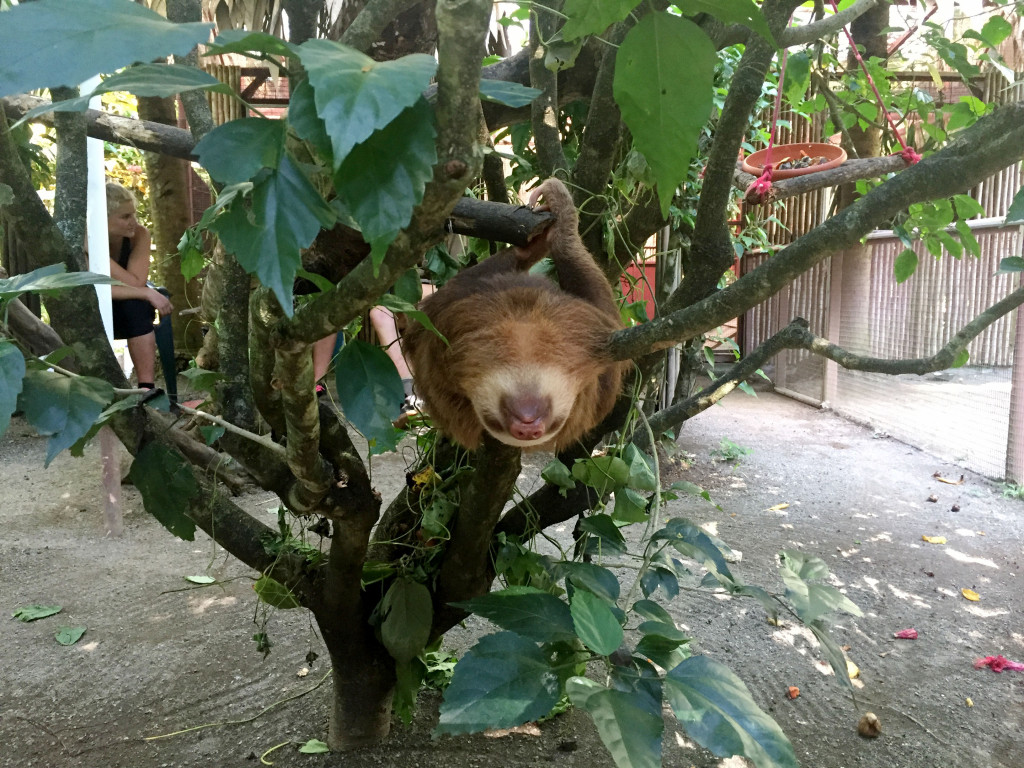
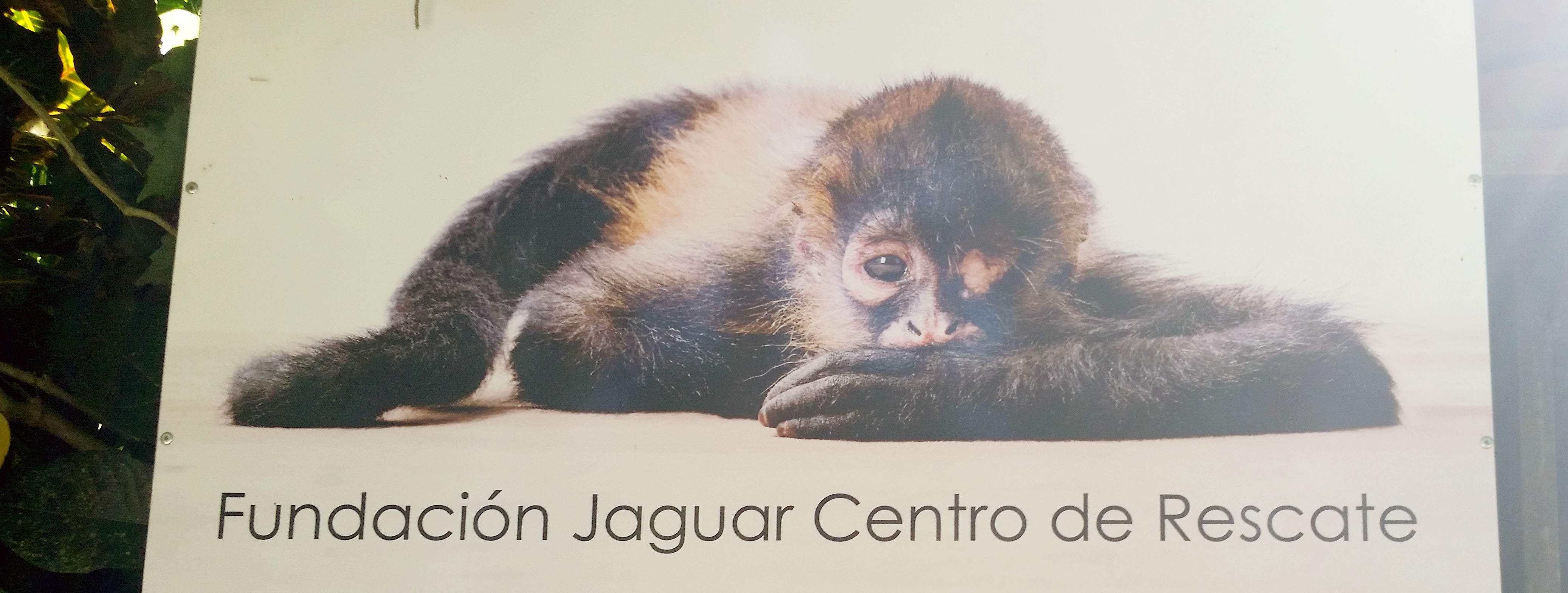
Glad you were able to visit
Very educational also and good info for visiting
What an amazing place and so full of heart.
Well, if Ian and I ever go to Costa Rica, which I hope we do, looks like this is a must! He is monkey obsessed! I can’t tell you how many times he’s asked for a monkey.
On another note, those bird nests look crazy! What are they made out of? They look like sack purses or something.
Yes you should visit – you’d like Puerto Viejo too! I wish I knew what the nests are made of, I just saw them hanging there and asked our guide if those were bird nests. His response was more or less, “I’m glad you asked, I always forget about those! Yes, they are bird nests, now on to…” and I think we looked at the eagles next. =(